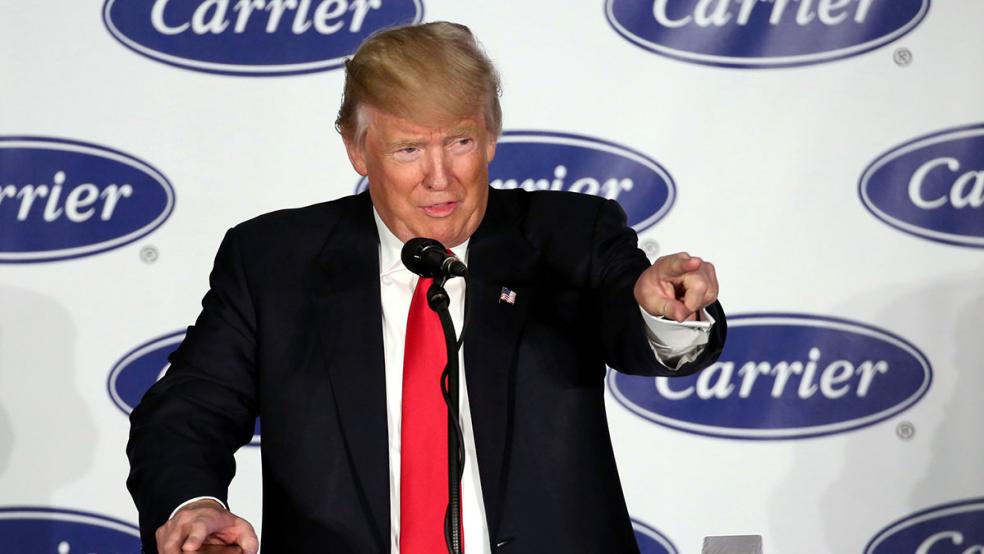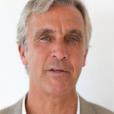We hope that 2017 brings us one year closer to a more compelling and forward-looking vision for aging. During 2016, as societies continued to get older, we saw a profound shift in the understanding of public health when 194 governments unanimously passed the World Health Organization’s Strategy on Health and Aging. The global plan calls for evidence-based action to improve the lives of older citizens, culminating in a Decade of Healthy Aging from 2020 to 2030.
However, there are still many persistent myths about older adults, longevity and demographic change that need to be debunked:
Myth: Older workers are eager to retire.
Fact: While retirement was an integral part of the 20th century life course, it’s no longer desirable or viable for most older adults. Just consider President-elect Trump, who at 70 is embarking on a new and very public career. He joins 72 percent of pre-retirees in the U.S. who loudly proclaim they are expecting to work in some capacity during their retirement, and the 69 percent of employees globally who are highly interested in flexible retirement and re-designed work arrangements. The real news is that in 2016, these older workers say they want to work! To meet this demand, pioneers in the financial services industry including Aego , Bank of America Merrill Lynch, S&P Global and BlackRock are busily re-thinking, re-imagining and re-framing the very idea of retirement. They know what their customers want.
Related: 15 Great Jobs for Retirees
Myth: China will become the world’s primary engine for economic growth.
Fact: China is emerging as an economic superpower on a scale rivaled only by the U.S., but sustaining this rise will require a multifaceted strategy for its aging society. Today, China is home to more than 250 million people over the age of 60, and that number will climb to about 500 million -- roughly the entire European population -- in the next few decades. Even more challenging, the 80+ population is exploding faster than any other, and will grow to include over 100 million individuals by midcentury. To continue its economic growth trajectory, China must have an aging strategy to manage its economic, regulatory, health and labor policies. This is a big deal. It’s not only about “taking care of frail seniors,” but treating the 60+ demographic as a critical consumer market, opening markets to new technologies, and embracing their capability and desire to continue working past the traditional retirement age. In the long run, demography could determine whether China will truly join the USA as the engine for global economic growth and prosperity.
Myth: Clinical trials for Solanezumab, an experimental treatment for Alzheimer’s, were a failure.
Fact: Though the results of the Solanezumab clinical trial will not produce the Alzheimer’s treatment we all hoped for, the medical innovation process is such that these failures are the essential steps to new medicines. Lilly’s Solanezumab was actually a huge success, as it will be seen as one of the central pillars of knowledge in better understanding Alzheimer’s and will guide future therapeutic development. In fact, the medicine did slow cognitive decline, just not to the extent necessary to achieve the study’s primary endpoint, thereby validating the underlying scientific hypothesis of attacking amyloid plaques, which is no small achievement. I can assure you that the families of the millions of existing and future Alzheimer’s patients will be grateful for Lilly’s “failure.”
Myth: Older adults dislike and don’t use new technology.
Fact: Despite outdated stereotypes about their fear of technology, more older adults than ever are using a range of digital technologies. Tech companies that want to grow rapidly and drive strong earnings must create products that appeal to the 60+ consumer base, who control 70 percent of discretionary income in the U.S. Think about our 70-year-old President Trump, who is certainly no stranger to the technology that drives social media!
Related: 15 Things That Will Cost Less in 2017
And while the potential profits of this silver economy are immense, so too is the potential for technology to help older adults remain active, healthy and engaged with their communities. Smart devices can enable telehealth solutions that connect older adults, doctors and caregivers in a robust, technologically enhanced system of care that is cheaper than repeated physician visits and hospitalization. Further, widely popular apps like Uber can be repurposed to help improve older adults’ mobility and social engagement. In this burgeoning field, organizations like the OECD are leading the way with innovative research and reports.
Myth: There are too many people on the planet.
Fact: In fact, the rate of global population growth has slowed to one of the lowest in modern history. This is largely due to stunningly low birth rates across the planet. Everywhere, birth rates are dropping to unprecedented levels, which is helping create “super-aging” societies like those in Japan and Germany. Across Europe, Asia and now throughout Latin America, low birth rates are resulting in 21st century de-population. The received wisdom of “too many people on the planet” dies hard, but it’s a myth we continue to press at our peril.
As we ring in 2017, the megatrend of aging will be a positive lever for economic growth and social cohesion – as long as we work to separate fact from fiction.






